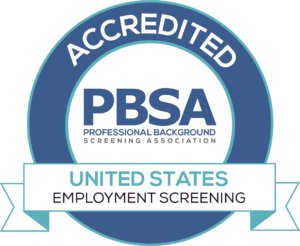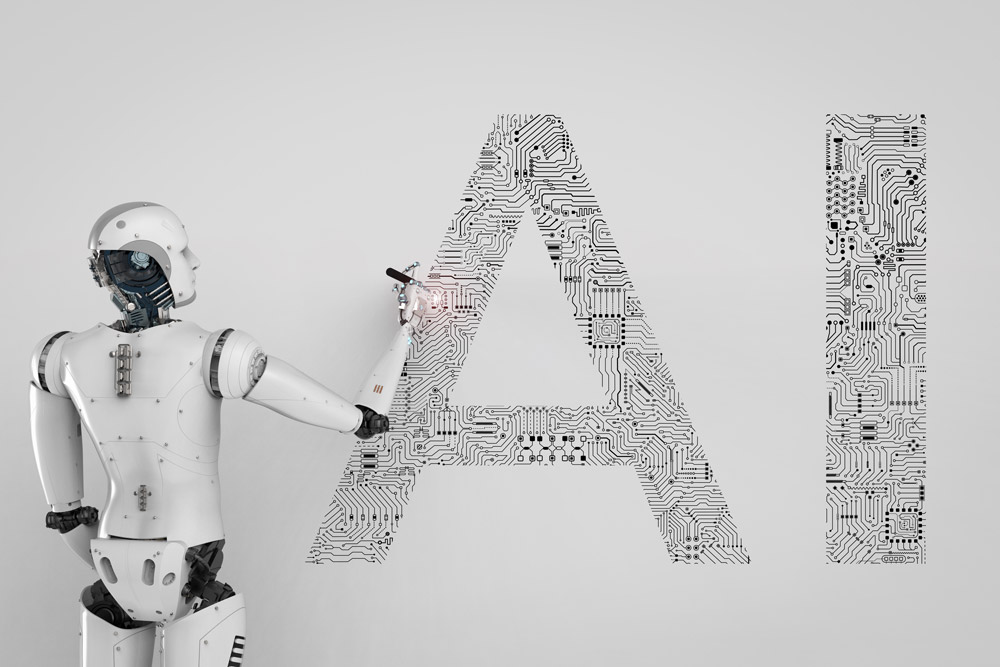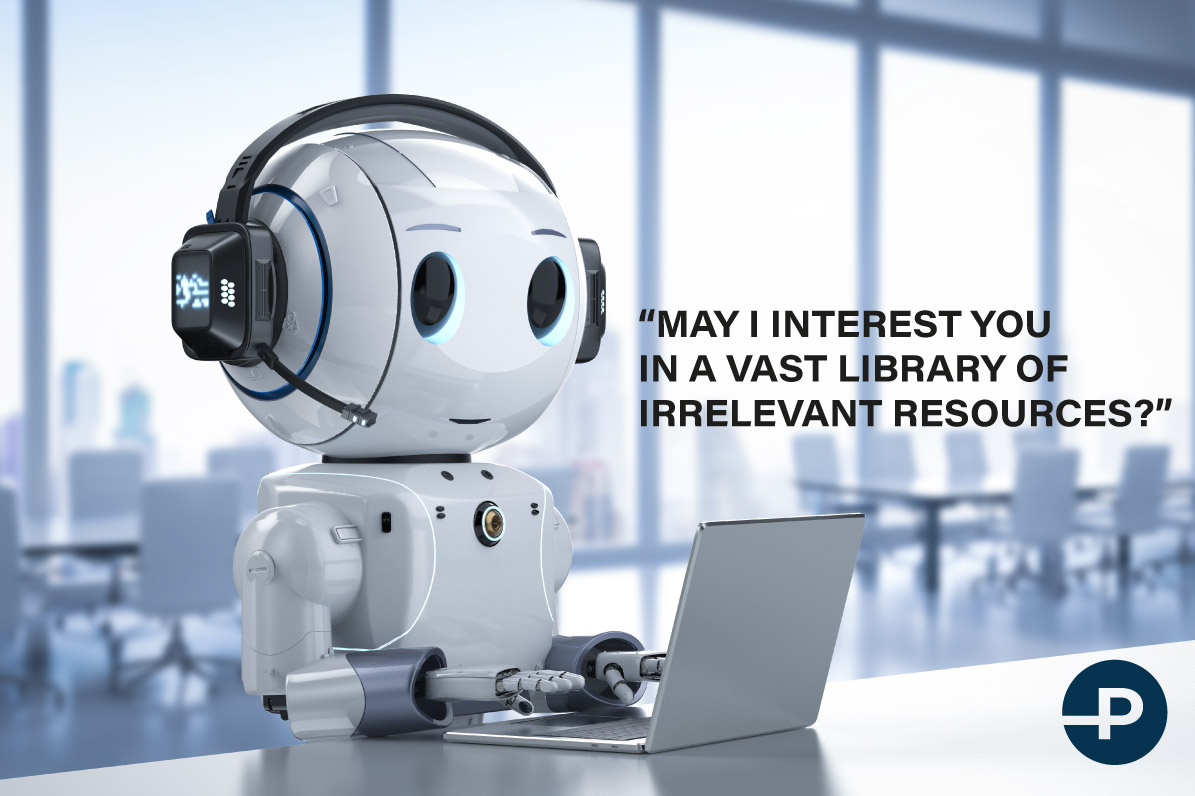Emerging AI/machine learning technologies are creating tsunami-sized waves, particularly when it comes to data retrieval and distribution. Our realities are drawing closer to what would have once been seen as a fantasy realm.
It is getting easier and easier to imagine a world where AI does it all– and in the context of employment screening, it may seem like this would be a beneficial thing. AI data retrieval, reporting, and support could feasibly save employers time, money, and headache.
However, this isn’t true when considered at its extremes.
While AI certainly benefits the consumer reporting space, a total AI takeover could prove disastrous.
Here’s why.
Where AI Falls Short
1. Implementation and Training
Implementing a screening program can be quite involved depending on the size and needs of an organization. When establishing the infrastructure of a dynamic process, it is best to do it the right way the first time.
Some organizations require advanced integrations and manage their hiring from multiple locations. APIs must be written and connected while user hierarchies/permissions are established with key contacts.
While some of these functions could be automated and left to AI, it would require a fair amount of technical expertise on the end user’s part.
When it comes to implementation and onboarding training, human-to-human interaction can reduce confusion and wasted time while yielding better results.
2. Platform and Client Support
Our account managers and researchers frequently communicate with client POCs to explain certain functionalities within our system and provide insights into the finer details of a file.
Despite having digital resources available to address most needs, many still prefer to receive quick, situation-specific help from a human expert. Technology rarely hits the nail on the head when attempting to observe nuance and seldom provides reassurance during a stressful situation. This is especially true when dealing with matters of compliance.
Speaking generally, chatbots and resource libraries will never be as convenient or effective as human support.
3. Discernment and Outreach
At times, there are inconsistencies in background screening data. Perhaps the name of a relative finds its way onto an individual’s social security report or the names and dates of birth match on a criminal record, but, given the location of the crime, the candidate seems to be an unlikely perpetrator.
These are just two of many examples that criminal screening researchers encounter daily. Data isn’t always cut and dry, and further investigation from a human expert is often necessary.
At times, additional information is required from the candidate, such as a photo to compare against a mugshot or additional identifier information. Leaving this decision-making and follow-up to technology would lead to suboptimal outcomes more often than not.
4. Candidate Support
One of the significant bottlenecks for an all-AI screening solution would appear on the candidate side.
Sometimes, there is a fair amount of vendor-to-candidate interfacing.
When a candidate has a question or is concerned about their ability to obtain employment due to the status or results of their background check, they aren’t likely keen on talking the matter through with a computer. AI candidate support would lead to more work and headache for the employer.
Candidates need a calm, informed, and helpful person to talk to.
5. Dispute Handling
Disputes are unavoidable.
Sometimes, candidates take issue with something on their report, and whether the claim is legitimate or frivolous, a formal dispute process becomes necessary.
Due to dispute legal issues and risks, this process should remain human.
Proper dispute handling and re-investigation require attention, expertise, and communication with all parties involved.
Learn more about how Peopletrail handles disputes here.
Takeaways
For background screening providers, technology is a tool that must be strategically leveraged to yield the most desirable outcomes. The same is true with human expertise. Technology and human expertise must run parallel, or there will be problems.
Strictly human processes can lead to the following:
- Slow turnaround times (due to internal process inefficiencies)
- Human error
- Workload vulnerability
- Poor data aggregation agility
- Labored ordering, reporting, billing, etc.
Strictly AI processes can lead to the following:
- Implementation issues
- Uniformed or ineffective support
- Confusing or inflexible troubleshooting
- Poor candidate experience
- Compliance concerns
In short, AI’s contributions to employment screening processes will continue to provide increasing benefits. That said, it is still difficult to envision a time when humans won’t stand on equal footing.
The industry’s intricacies make it nearly impossible for technology to account for all the case-by-case nuances. A workable machine-learning screening solution that could perform the more human tasks of the trade is an ambitious ask.
Moral of the story: technology is not always a suitable replacement for human expertise. Employment screening will continue to be a human industry long into the future.











